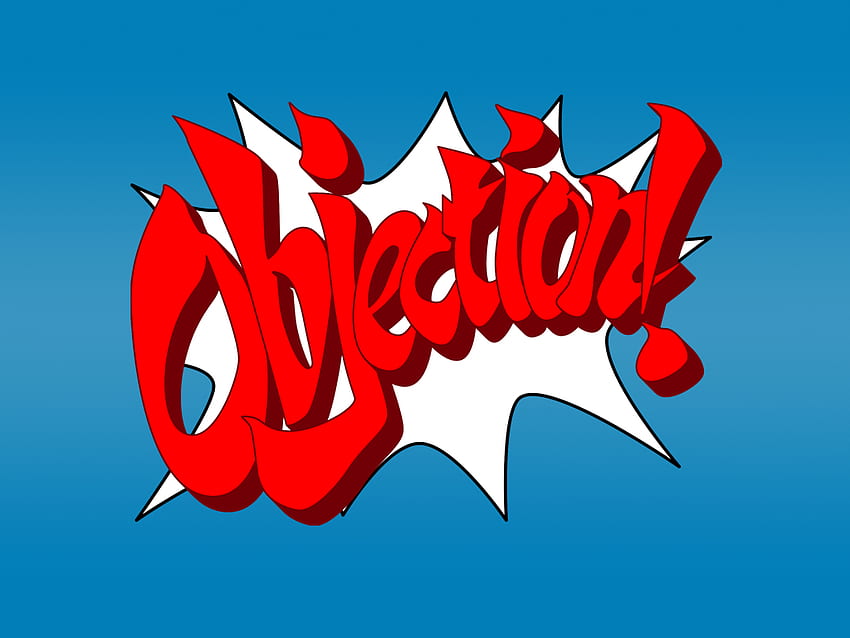Design Objection Requirements, Timelines & Online Procedure
Design registration is a crucial step for businesses and creators to protect the uniqueness and visual appeal of their products under the Indian Designs Act, 2000. During this process, a design objection may be raised by the Indian Patent Office (IPO) if the submitted design application does not fully meet the legal requirements.
What Are Design Objections?
A design objection is an official notice issued by the IPO when the design application faces issues related to originality, documentation clarity, compliance with legal standards, or procedural correctness. These objections ensure that the design is unique, properly represented, and eligible for registration.
Common Grounds for Design Objections
-
Lack of novelty or originality — the design is similar to an existing registered design or has been previously published.
-
Functional design — the design is dictated solely by function rather than aesthetics.
-
Incorrect or incomplete documentation — sketches, photos, or application forms are unclear, incomplete, or improperly formatted.
-
Non-submission of required documents like Power of Attorney.
-
Incorrect classification under the official classification system.
-
Design considered offensive or against public morality and order.
Timelines for Responding to Design Objections
Applicants have six months from the date of receiving the objection notice to submit a detailed reply addressing the objections. This deadline can be extended by an additional three months upon request and payment of the prescribed fee. Failure to respond within this timeframe typically results in the abandonment of the design application.
Online Procedure to Respond to Design Objections
-
Receive Objection Notice: After the IPO examination, you will get a formal objection notice with specific points of concern.
-
Analyze the Objection: Review each objection carefully to understand the reasons for refusal.
-
Gather Supporting Documents: Collect prior art references, unpublished sketches, or any evidence that supports the design’s originality.
-
Draft a Response: Prepare a point-wise reply addressing every objection clearly with legal arguments, provisions of the Designs Act, and supporting evidence. Professional legal help can improve response quality.
-
Submit the Reply Online: Use the IPO’s online portal to upload your response and any amended drawings or documents.
-
Examination of Reply: The IPO reviews your response. If objections are resolved, the design is registered and published. If not, a hearing may be scheduled.
-
Hearing (if required): Attend a personal hearing to present your case if the objections persist.
Importance of Addressing Design Objections
-
Secures legal protection for your unique design.
-
Prevents rejection and delays in design registration.
-
Avoids legal disputes with competitors.
-
Strengthens your brand identity and competitiveness.
-
Ensures compliance with intellectual property laws.
Visit - https://www.filingworld.in/
#filingworld
